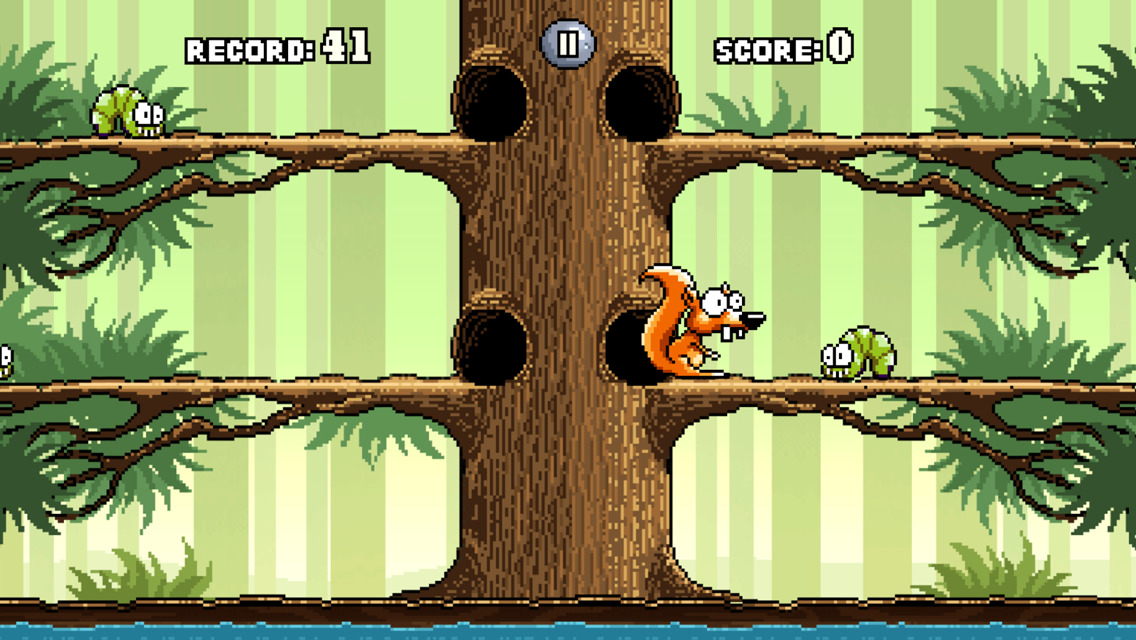


Papp: A fixation with the “reanimated Monster” makes sense, especially back then. And in the end, these these animals are not not monsters. 100 plus year old literature would refer to the sentiments of monsters, creatures, or monsters, or oddities or, you know, they're, they're all these these variations that describe them. Ponz found that there was a golden age of research on “monster creatures” during the 18th and 19th centuries. Papp: Once Ponz started studying the anatomically death-defying lengths to which these worms would go to grow and survive, he was totally pulled in.Īnd he realized that he and his team weren’t the first to be fascinated. Ponz: … worms that do these crazy things that are very weird, very, you know, very, very strange things that these worms should not, quote-unquote, should not do. Or even crazier, they can regrow an entirely new right side of their body if sliced in half. Their segmented bodies, like an earthworm with rows of ringed compartments, help them easily regrow a new head or tail at the first sign of trouble. But there's this one phylum of worms, the annelids, that can re-grow unlike anything else that we've ever seen in the kingdom. We know that certain species, like some salamanders and insects, have the ability to regrow appendages in a time of need. some other combination of mixed up appendages. Papp: Officially, he looks at bifurcated annelids, meaning things like earthworms that have come out of their larval stage with two heads, or spontaneously sprouted two tails, or.

And on the other side, there are worms, which have one head and many tails always. Ponz: We have these worms that are usually regular worms like with one head and one tail, that's normal, but sometimes they may have two heads or two tails. Papp: What this researcher based in Madrid, Spain, actually loves, is the oddly amazing animals. Guillermo Ponz: So they're regular animals that have gone through different developmental processes that would end up building a body, that is not what you expect. You might say that Guillermo Ponz is a scientific monster hunter–even though he thinks that term, “monster” never really captured his subjects right. Ashleigh Papp: This is Scientific American’s 60-Second Science, I'm Ashleigh Papp.


 0 kommentar(er)
0 kommentar(er)
